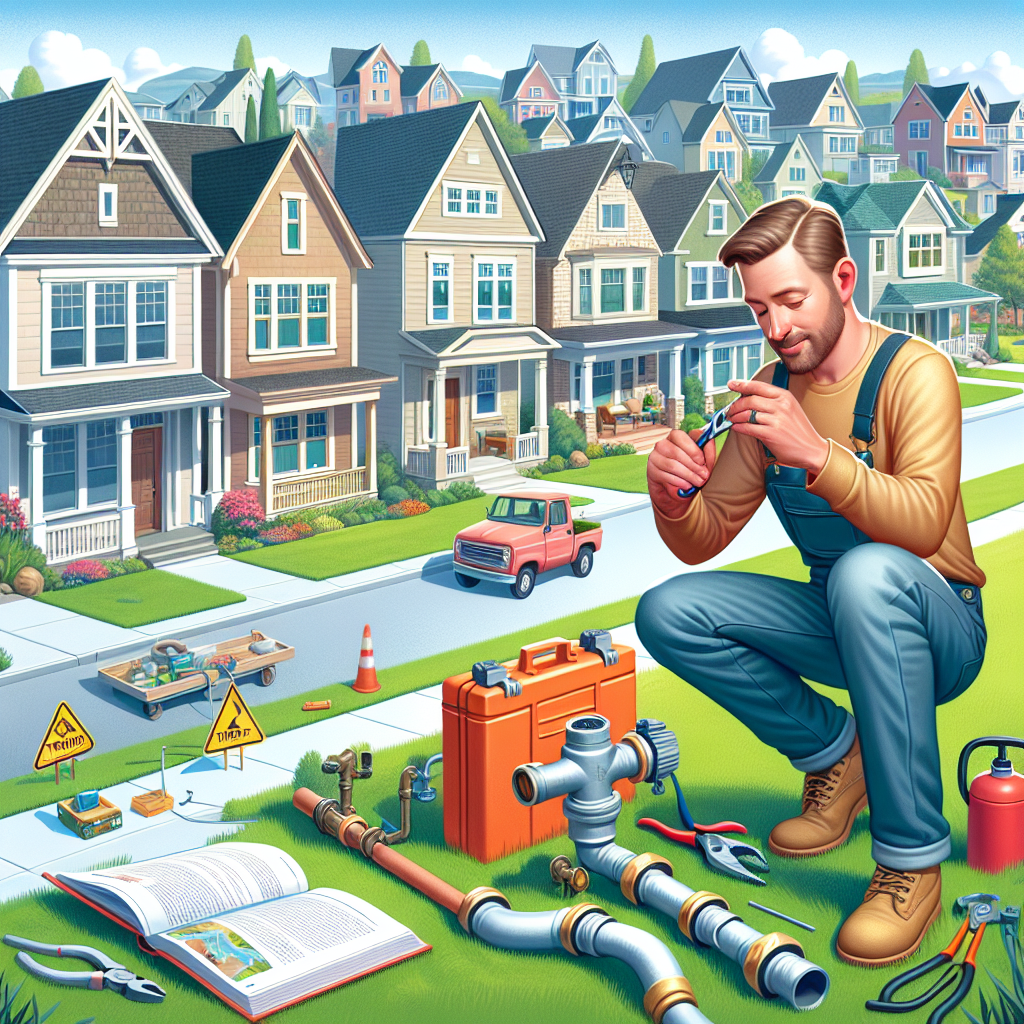When it comes to sustaining a healthy and efficient home plumbing system, a backflow preventer plays a pivotal role. For homeowners, understanding the maintenance and troubleshooting of these devices can prevent costly repairs and protect your drinking water supply. In this comprehensive guide, we will walk you through the basics of backflow preventers, provide tips for effective DIY maintenance, and identify common troubleshooting techniques. Let’s dive into making your plumbing system safer.
What is a Backflow Preventer?
A backflow preventer is a crucial device installed in your plumbing system to prevent the reverse flow of contaminated water into your clean water supply. This contamination can arise from various sources, such as irrigation systems, industrial processes, or even accidental mishaps. By using a backflow preventer, you maintain the integrity of your drinking water and ensure your household remains healthy and safe.
Why Homeowners Need to Care
Understanding the importance of regular maintenance for your backflow preventer should be high on your list of DIY tasks. Neglecting this vital component can not only lead to health risks but may also violate local plumbing codes, resulting in fines or mandatory repairs. Here’s why you should prioritize backflow preventer maintenance:
- Health Protection: Prevents contaminated water from mixing with your clean water supply.
- Cost Savings: Reduces the potential for expensive plumbing repairs and contamination-related health issues.
- Compliance: Ensures adherence to local regulations regarding food safety and health codes.
How Often Should You Perform Maintenance?
To keep your backflow preventer functioning efficiently, it is advisable to conduct routine maintenance at least once a year. More frequent inspections may be necessary if your device is exposed to harsh weather conditions or if you’ve experienced significant changes in your plumbing usage.
DIY Backflow Preventer Maintenance: Step-by-Step
Step 1: Gather Your Tools and Safety Gear
Before getting started, ensure you have the necessary tools on hand, including:
- Adjustable wrenches
- Screwdrivers
- A bucket for catching water
- A rubber mallet (for stubborn fittings)
- Safety goggles and gloves
Step 2: Inspect the Backflow Preventer
Begin your maintenance routine by visually inspecting the device and checking for signs of wear or leaks. Look for:
- Rust or corrosion
- Loose fittings
- Cracks in the body of the device
- Dirt or debris buildup
Step 3: Clean the Device
If you notice any debris or buildup, clean it with soapy water or a gentle cleaning solution. Be sure to avoid harsh chemicals that might further damage the device. Use a cloth or brush to scrub away any grime.
Step 4: Check the Test Cocks
Test cocks are small valves on your backflow preventer used for testing its functionality. Ensure these are properly sealed and free from debris. If they are clogged or damaged, replace them immediately.
Step 5: Perform a Functional Test
Follow these steps for a simple functional test:
- Close the shutoff valves leading to the backflow preventer.
- Open the test cock closest to the inlet and allow some water to flow out to relieve the pressure.
- Make sure you have a good flow at the test cock.
- Close the test cock and reopen the shutoff valves.
By doing this, you ensure that your backflow preventer is operating correctly. If you notice any irregularities, further troubleshooting may be required.
Troubleshooting Common Backflow Preventer Issues
Problem 1: Continuous Leakage
If you notice continual leaking from your backflow preventer, it could be due to:
- Worn-out seals or gaskets
- Improper installation
Solution: Inspect the seals and replace any components that appear worn or damaged. If the problem persists, consider hiring a licensed plumber for a professional evaluation.
Problem 2: Decreased Water Pressure
A drop in water pressure often indicates an obstruction or a malfunctioning device. This could be caused by:
- Clogs from sediment or debris
- Corrosion
Solution: Begin by flushing the system and cleaning the backflow preventer. If this doesn’t resolve the issue, replacing the unit altogether might be necessary.
Problem 3: Frozen Backflow Preventer
In colder climates, backflow preventers can freeze, leading to stress fractures that may compromise their integrity.
Solution: Insulate your backflow preventer properly during winter months and consider installing a heat wire to prevent freezing.
Final Thoughts
Maintaining and troubleshooting your backflow preventer may seem daunting, but empowering yourself with the right knowledge can save time, money, and hassle in the long run. By incorporating regular maintenance into your home care routine and knowing how to address common issues, you can ensure a safe and efficient plumbing system.
Remember, a healthy home starts with secure water. Consider documenting your maintenance steps and establishing a timeline for future inspections. Happy plumbing!


